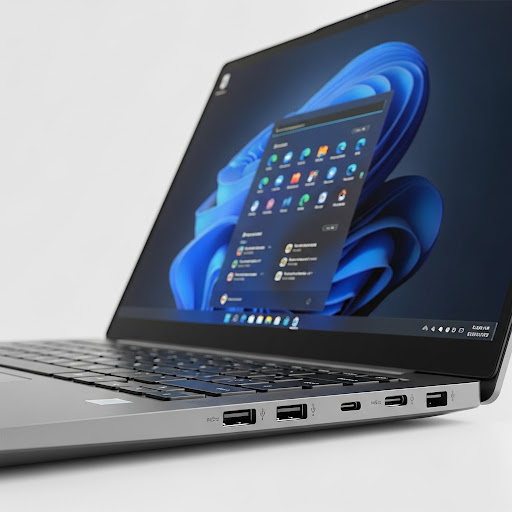Microsoft has updated the Windows 11 certification program, requiring all USB-C ports to support data transfer, charging, and display functionality. The new standards aim to end inconsistency in port functionality across devices.

G. Ostrov
Microsoft has announced significant changes to the Windows Hardware Compatibility Program (WHCP) aimed at eliminating USB-C port confusion. The new requirements mandate that manufacturers ensure full functionality of all USB-C ports on Windows 11 certified devices.
The USB-C Inconsistency Problem
Microsoft Senior Product Manager Ugan S. noted that the main issue is not with USB-C ports themselves, but with "inconsistent implementations of USB-C port capabilities across the PC ecosystem." Users frequently encounter situations where not all ports support the same functions.
New WHCP Requirements
According to updated standards, every USB-C port on new Windows laptops and tablets must support:
- Data transfer
- Device charging
- External display output
This means users will be able to connect a charger or external monitor to any USB-C port, regardless of its location on the device.
USB4 and Thunderbolt 3 Support
For ports with 40Gbps bandwidth, Microsoft also requires full compatibility with USB4 and Thunderbolt 3 devices. This ensures that any compatible device will work with any port on a certified system.
Technical Improvements
Microsoft is also introducing requirements for USB-IF certified silicon and a new Microsoft driver stack. This will ensure security updates and new features are delivered through Windows Update, improving overall system stability.
The changes are already in effect for devices with pre-installed Windows 11 24H2 and will extend to all new certified devices.
Official information is available in the Microsoft blog.
If you have any problems, contact us - we'll help quickly and efficiently!




